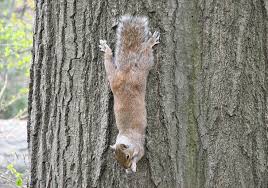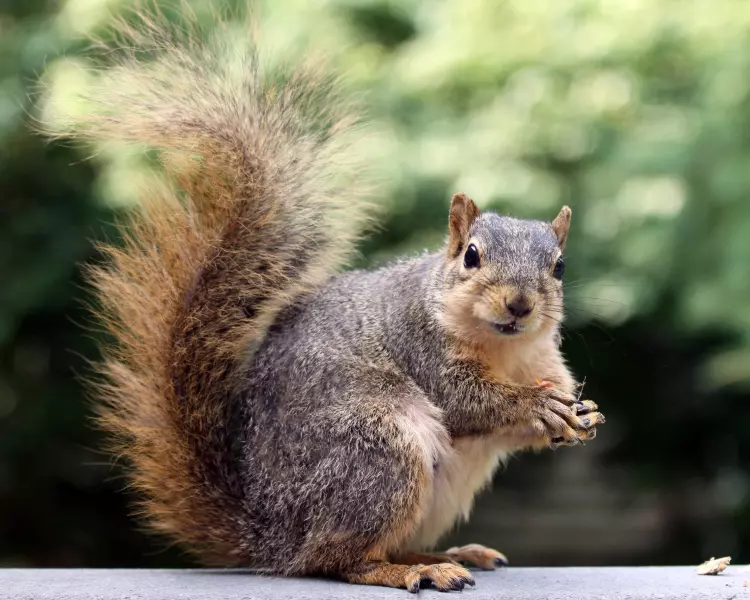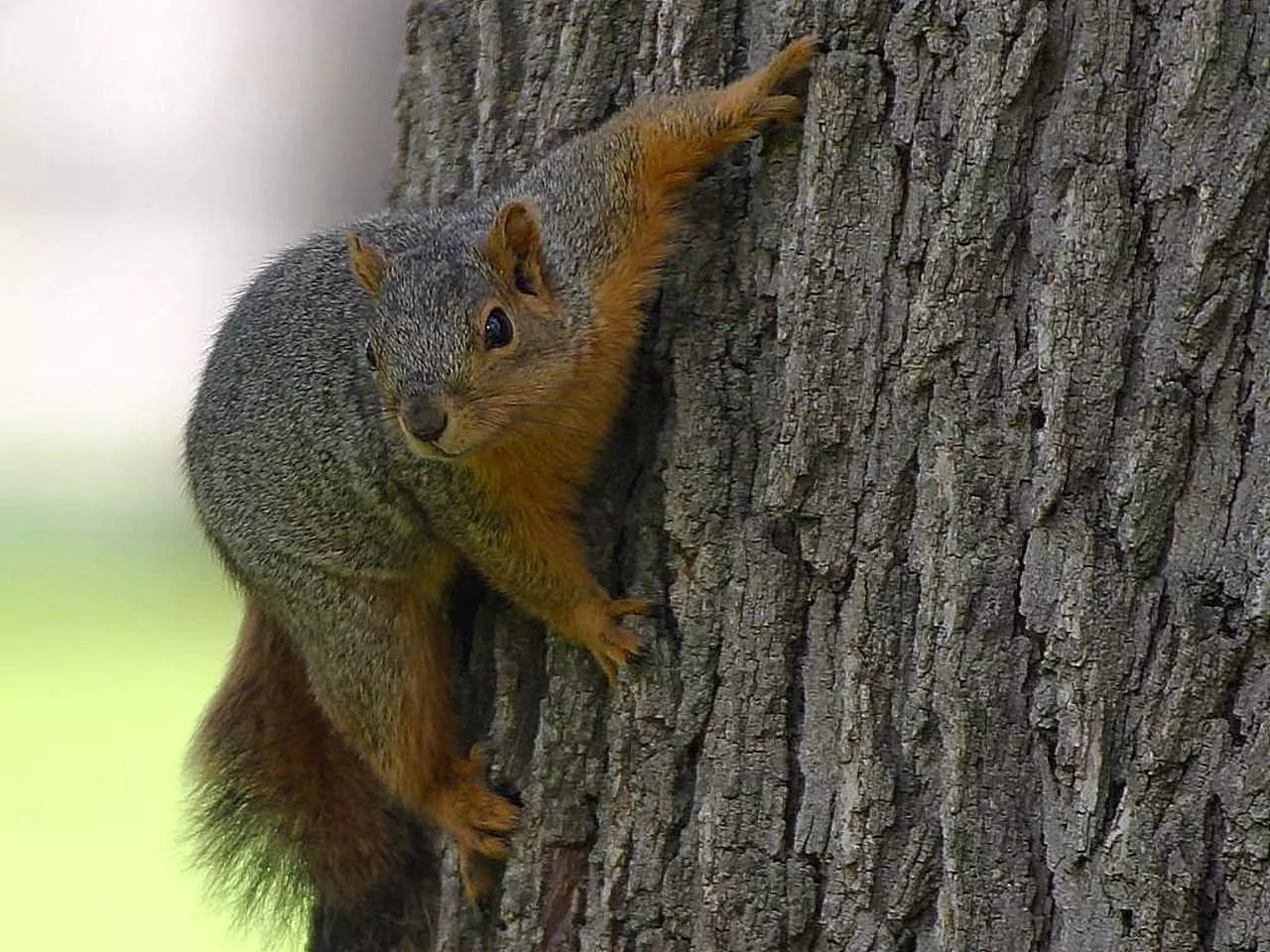[Originally published as Engineering the Squirrel]
Squirrels are found worldwide except in Australia, Polynesia, Madagascar, the southern portion of South America, and the Sahara desert. They have been classified into fifty genera and 273 species. In this article I will look specifically at just a couple of the common tree squirrels found in urban areas of North America.
Where I live, the most commonly noticed tree squirrels are the eastern fox squirrel and the eastern gray squirrel, both species brought to the Pacific Northwest from the eastern United States in the early 20th century. Local wildlife experts have branded them as “nonnative invasive species” and a threat to native squirrel populations.
This puzzles me somewhat because these experts are normally Darwinian evolutionists. Whatever happened to “survival of the fittest”? In urban areas the main “predator” to squirrels as a whole is the automobile, and squirrels don’t have much in the way of natural enemies here.
The eastern fox squirrel (Sciurus niger) grows to be quite large, 18–24 inches long and has reddish-brown fur with a tan to reddish-orange colored belly. The eastern gray squirrel (Sciurus carolinensis) is up to 15-20 inches long with a creamy-white belly and brown and reddish fur coloration.
I enjoy observing squirrels frolicking in our yard where we have numerous mature fir and cherry trees. We choose not to feed them because they dig up our lawn to bury food for later retrieval.
This burying behavior has been found to play an important role in forest regeneration and forest ecosystem processes in the wild.
Squirrels are unsurpassed as acrobats of the forest. They can run along tree branches and jump from limb to limb with ease. I have watched them out maneuver house cats several times. Squirrels are designed to run down a tree trunk nearly as fast as they can run up. Their feet, sharp claws, and flexible legs are put together to allow for this marvelous ability which leaves pursuing cats, who have no such ability, discouraged and sometimes stuck in a tree.
It is my impression that squirrels chased by cats look at the activity as an opportunity for great play and exercise.

We enjoy watching birds as well. However, we have found it nearly impossible to keep the squirrels from eating the bird food.
We have bird feeders suspended down from tree limbs some ten feet with ¼” diameter cables that the squirrels have no trouble navigating to get at the feeders. Placing a clear plastic dome over the feeder does stop the squirrels, but then the birds tend to avoid the feeder.
The large, bushy tails of squirrels are engineered to be multi-functional. The tail is critical for keeping balance as a squirrel tight-rope walks along limbs and the tops of wooden fences. It also plays a role as a stabilizer when the squirrel jumps from one limb to another.
The tail is curled over its head as protection from raptor enemies overhead, especially when eating. The tail can be used as a blanket for keeping the animal warm when sleeping, and some researchers believe squirrels communicate with each other using their tails.
Squirrels have been designed with large incisor teeth, kept sharp by constant gnawing, that allow them to thrive in a forest environment. These teeth, along with their sharp claws, are among the reasons that squirrels don’t generally make good pets. Squirrels are definitely engineered for an existence in the wild.

It is hard to imagine how all of these traits required for success within a forested habitat could have evolved from animals without the backward feet and the bushy tail. I prefer to understand these traits as the result of work accomplished by the Creator Engineer in the beginning.








Great article! When you love the Creator and His creation, even the familiar “common” critters like squirrels are fascinating. William